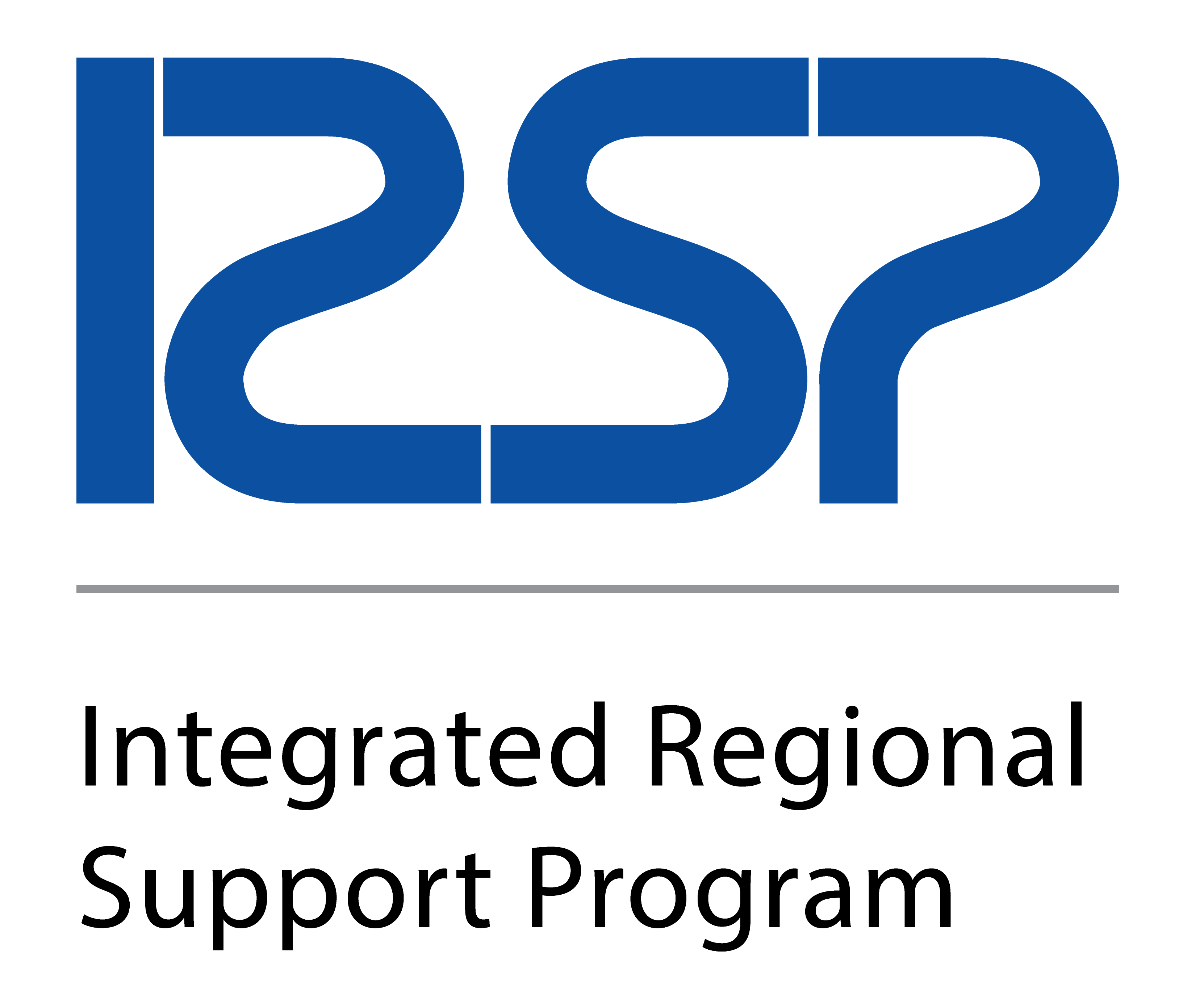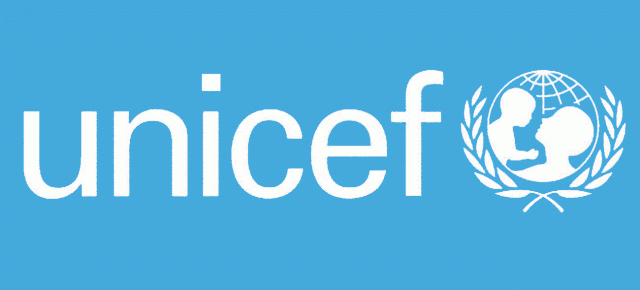Project information of Scaling up Rural Sanitation in flood affected district of Nowshehra partnered by IRSP and funded by Unicef.
Title of the Project: Scaling up Rural Sanitation in flood affected district of Nowshehra
Project Duration: Oct 14, 2010 – Oct 13, 2011
Purpose of the Project:
The primary objective of the proposed program is to reach out 0.1 million people in flood affected district of Nowshehra of Khyber Pakhtunkhwa of Pakistan to safeguard and protect their health from water, sanitation and hygiene related diseases by means of undertaking a series of measures aiming at:
- Ensuring 100 % safe management of excreta, attaining and sustaining the open defecation free status, and the use of secondary barriers
- Promoting the use of safe, hygiene latrines and other sanitation facilities for men, women and children living in flood-affected areas
- Persuading improved hygiene behaviors (The mass awareness campaigns will benefit the whole population of the Districts in general)
Project Components:
To achieve the above mentioned objectives the project will have following four components:
- Institutional linkages & Capacity Building
- Campaigning for Improved Hygiene Behaviour
- Attaining Total Sanitation
- Monitoring, Evaluation and Learning
Targets of the project:
- 100,000 persons shall directly benefit .
- 5 govt. officials from TMA and PHED will be trained on CLTS & hygiene promotion.
- 10 master trainers will be trained on CLTS PRA and hygiene promotion tools and techniques
- 40 Community Resource Persons (CRPs)/ Community activists are trained on CLTS .
- At least 56 Village Sanitation Committees formed with the village level action plans prepared
- At least 68 demonstration latrines installed
- At least 56 villages achieved the status of open defecation free villages
- At least 100,000 people effectively washing their hands with soap after defecation and before taking or handling food
- q At least 10,00,000 people reached with Integrated Health and Hygiene Promotion Campaign using mass media and interpersonal channels to help these people develop good hygiene practices
- At least 75 schools triggered with School Led Total Sanitation
- At least 20,000 primary school-aged children attains the improved behavior of hand washing with soap
- At least 25,000 mothers reached with key hygiene promotion messages
- At least 250,000 people following personal hygienic practices
- 50Â masons are trained on low cost latrine technology
- 2 sanitation marts developed benefiting more than 40,000 people
- 8 entrepreneurs trained on sanitation related business skills
- 8 entrepreneurs are granted financial support (PKR 15000/ entrepreneur).
- At least 13 IPs other than those involved in the project trained on the total sanitation model being employed and the PRA Tools being applied
- At least 125 teachers trained on hygiene promotion
- Integrated total sanitation model piloted in 1 village ensuring 100 % adequate drainage and wastewater treatment in consultation with PHED
Achievements from Dec 2010 to 10th February 2011:
Institutional linkages & Capacity Building
- NOC from PDMA has been initiated and identified villages of 4 union councils were vetted by provincial WASH cluster and the signed copy of project proposal on PDMA format along with project budget and project LFA were submitted to PDMA of KPK on 26th of January 2011 for obtaining NOC from PDMA KPK.
- Secretary LG & RDD Khyber Pukhtunkhwa endorsed the project and he assured the unicef and its partners that provincial LG & RDD department will actively support the project and will nominate its focal persons at district level for this project and will own the project right from start of the project till declaration of open defecation free villages and will be certified by the district PHED department. The department will also ensure to develop district and provincial coordination mechanism for improved support towards the attainment of the project envisaged objectives. The minutes of the meeting are still awaiting and when shared with this office that will be meaningfully shared with consortium partners
- The provincial WASH cluster meeting minutes endorsed the project by adding it as action points in its meeting minute on 20TH of January 2011 in LG & RDD office Peshawar.It was decided that other NGOs having latrines components in their packages and working in the same UC must coordinate with IRSP to ensure that the objectives and principles of the project are not compromised. A provincial and District coordination mechanism is also being established exclusively for the purpose.Focal persons of district and provincial level WASH cluster were informed about the selection of villages from WASH 3Ws (when, where, what) matrix to avoid duplication of activities and confusion in the target community. Â
- Series of meetings were organized for finalization of the TOT agenda resulting in amicably deciding on five days comprehensive course for social organizers of IRSP and PRSP.The training course was divided into two sessions and would take place at Multan. Facilitators for each session were decided with consultation and commitment of each resource persons to be available on scheduled time/dates
- The TOT on social mobilization tools and techniques was conducted for social organizers of both
- IRSP & PRSP from 11th January 2011 to 21st January 2011 in Multan.
- 10 master trainers were trained on CLTS PRA and hygiene promotion tools and techniques
- 40 Community Resource Persons (CRPs) were identified and 24 CRPs (6 female and 18 male ) are trained CLTS PRA and hygiene promotion tools and techniques
Campaigning for Improved Hygiene Behaviour
- Hygiene promotion add has been approved from secretary PHED KPK for advertisement in national and local newspapers for the purpose of campaigning for improved hygiene behaviours.
Attaining Total Sanitation
- 56 villages were identified and village profiles were completed.
- Trained CRPs have developed action plan for triggering CLTS and SLTS in communities.

